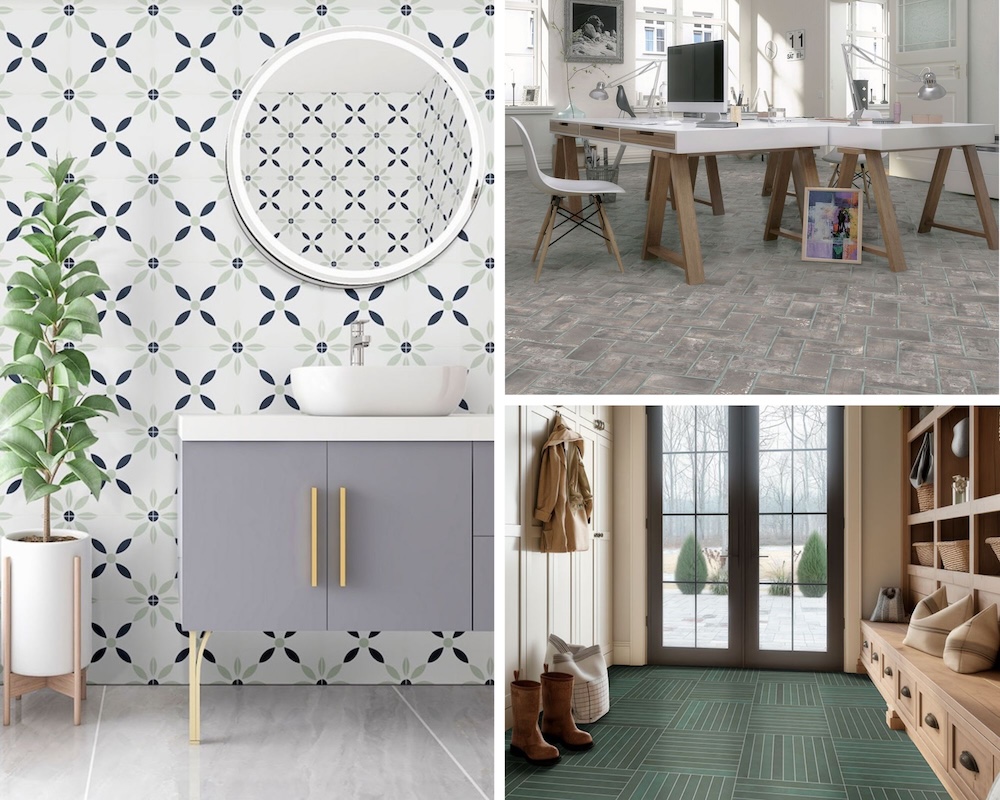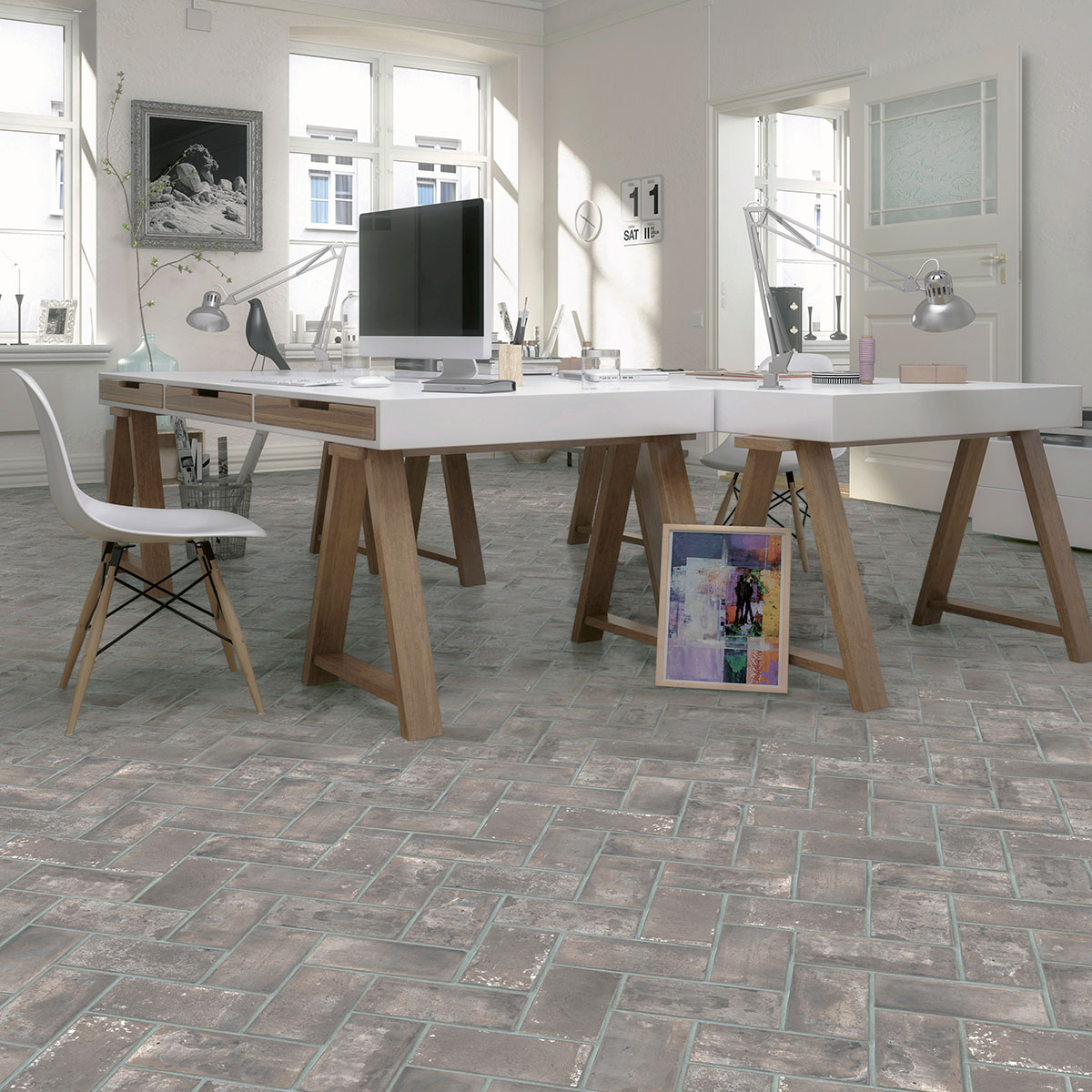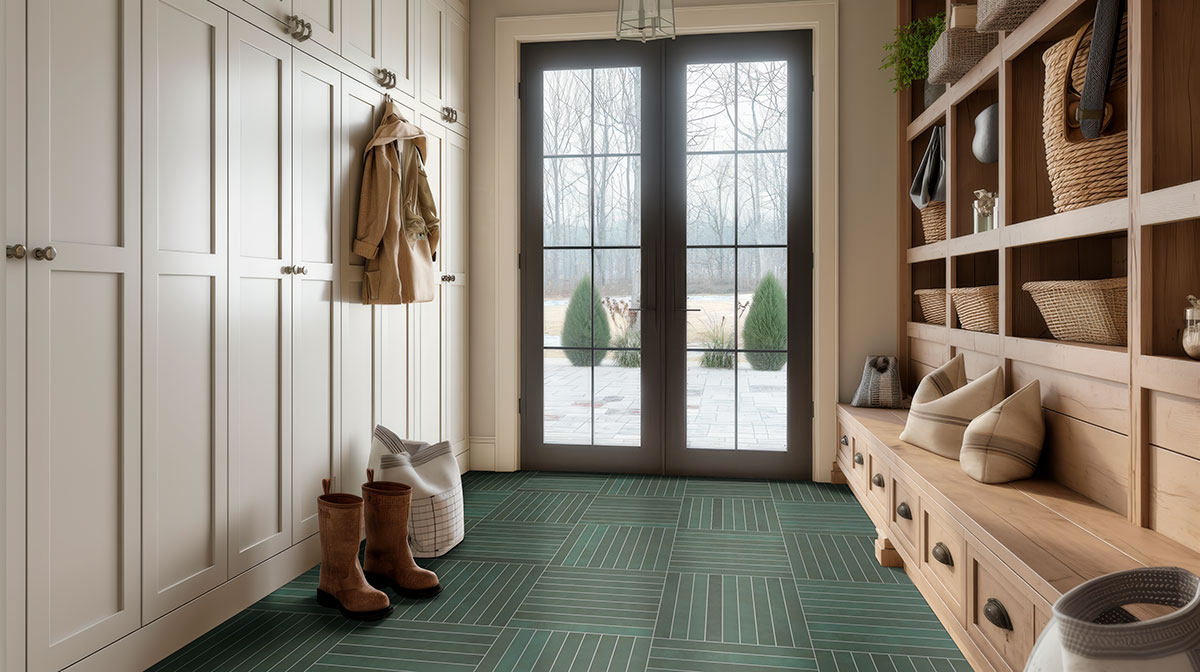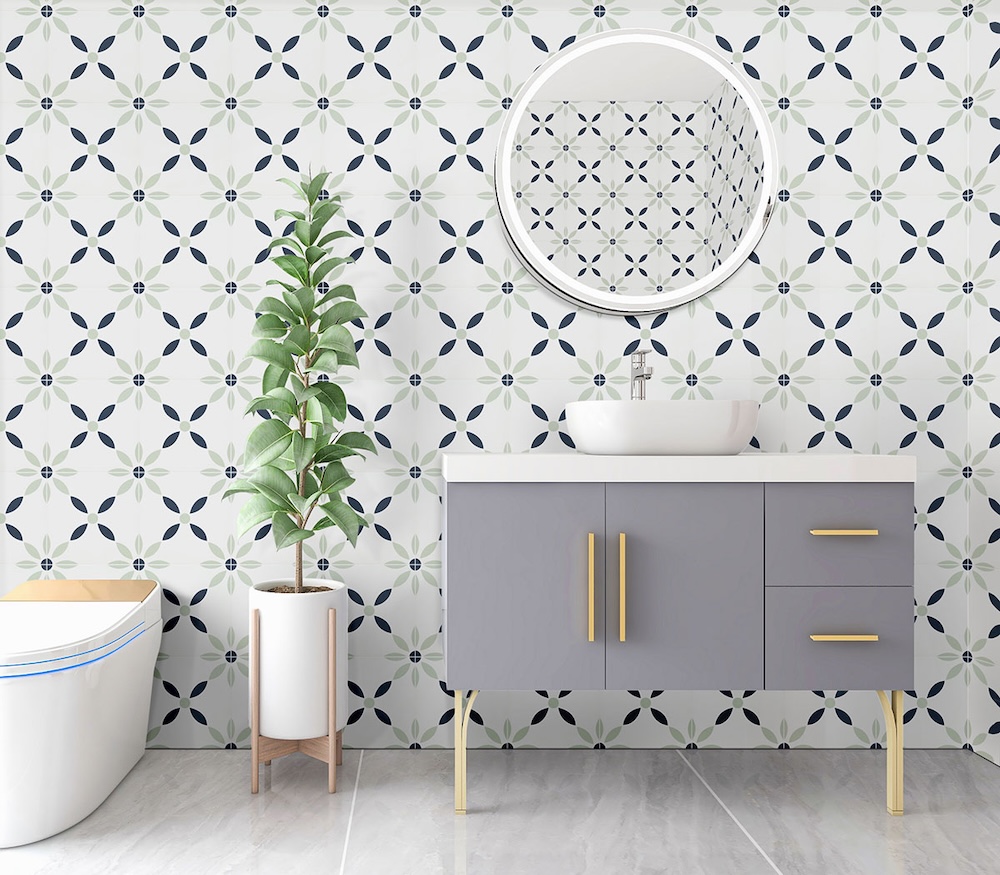The Different Grades Of Porcelain Tile
June 13, 2025
When you walk into a tile showroom or home improvement store, you're immediately greeted with an overwhelming array of options. Tiles vary dramatically in size, color, pattern, texture, finish, and price, each one designed to catch your eye and spark inspiration for your space. Whether you're renovating a bathroom, installing a new kitchen backsplash, or upgrading your outdoor patio, the sheer number of choices can make selecting the right porcelain tile feel more confusing than exciting.
Even if you have a clear design vision, say, a matte-finish tile in a calming neutral tone, it can be surprisingly difficult to know which tile will meet both your aesthetic and functional needs. Two tiles might look nearly identical in color and style, yet behave very differently once installed. One might be perfect for a low-traffic powder room wall, while the other is designed to withstand the constant wear and tear of a busy entryway floor.
This confusion stems from the fact that in the past, there were no universal standards for comparing tile durability or suitability for different types of projects. That meant shoppers had to rely solely on the salesperson’s guidance, or worse, guesswork. As a result, many people unknowingly selected tiles that looked great but weren’t built to handle the demands of their environment.
Thankfully, modern tile shopping has become much more transparent thanks to the PEI rating system, a straightforward tool developed by the Porcelain Enamel Institute. The PEI scale doesn’t judge a tile’s quality in terms of craftsmanship or beauty. Instead, it evaluates surface hardness and abrasion resistance, which helps determine where a tile is best used, whether on walls, residential floors, or high-traffic commercial spaces.
The Porcelain Tile Manufacturing Process
Ceramic and porcelain tiles are both made from natural materials and undergo a kiln-firing process, making them durable and widely used for flooring, walls, and decorative surfaces. However, there are distinct differences in their composition, manufacturing process, and performance.
Composition and Durability
Ceramic tiles are primarily made from natural clay, which is shaped and then fired. Porcelain tiles, on the other hand, are composed of a more refined mixture—typically including finely ground sand, feldspar, silica, and kaolin clay. This composition makes porcelain denser and less porous than ceramic.
Manufacturing Process
The key to porcelain’s superior strength and water resistance lies in its production. Porcelain tiles are formed under extreme pressure and fired at significantly higher temperatures, often reaching up to 2,500°F. This results in a tile with a water absorption rate below 0.5%, making it ideal for moisture-prone areas like bathrooms, kitchens, and outdoor settings. In contrast, ceramic tiles are more porous and usually require a glaze to help prevent water penetration.
Porcelain Tile Manufacturing: Step-by-Step Overview
-
Raw Material Mixing
The process begins with a carefully measured blend of raw materials including clay, feldspar, silica sand, and other minerals. These components are mixed with water to create a uniform slurry. -
Spray Drying
The slurry is passed through a spray dryer, which removes excess moisture. This results in a fine, powdery substance with the ideal consistency for pressing into tile form. -
Tile Pressing
The dried mixture is then compressed using a hydraulic press. This step shapes the tile and increases its density. The resulting tile, now called greenware, is unfired and unglazed at this stage. -
Drying & Surface Design
Once formed, the tiles are dried to eliminate remaining moisture. High-definition inkjet printing is used to apply patterns, textures, and colors. A glaze is often added afterward to enhance surface durability and aesthetics. -
Kiln Firing
Finally, the tiles are fired in a kiln at extremely high temperatures, sometimes reaching up to 2,500°F. This vitrification process fuses the materials together, producing a hard, non-porous, and highly durable surface that’s resistant to scratches, stains, and moisture.
What Makes Some Tiles Higher in Grade?

Brickstone Taupe 5x10 Brick Tile
The quality of porcelain tile depends on the materials used in manufacturing, but mostly on the tile’s thickness. Thin, grade 1 tiles are not necessarily of lower quality than higher grades; they just serve different purposes. You might prefer a thicker, more durable tile for a high-traffic floor, while a thinner, lighter porcelain tile is better suited for wall applications.
Here’s how the PEI scale categorizes different types of tile:
Grade 1
The least durable porcelain tile, Grade 1 is meant for wall use only. It’s not recommended for floors or countertops. These are popular for kitchen tile backsplashes or bathroom walls because they still offer many benefits of tougher porcelain tiles, like water and stain resistance, attractive patterns and colors, and low maintenance.
Grade 2
In low-traffic rooms such as bathrooms or bedrooms, Grade 2 tiles can be used as flooring. They aren’t designed for heavy foot traffic and shouldn’t be used for tile floors in commercial spaces. This modern tile is also ideal as wall covering.
Grade 3
Most residential floor tiles are Grade 3. They handle moderate foot traffic and everyday wear, making them suitable for light commercial use like offices or small shops. Grade 3 tiles are perfect for homes in kitchens, family rooms, and hallways, and work well on countertops. They can also be used outdoors as porcelain tile.
Grade 4
For most commercial spaces, Grade 4 tile is recommended. It’s built for heavy traffic and is often found in restaurants, shops, offices, and other areas needing a durable, easy-to-maintain floor. Many homeowners choose these for laundry rooms and mudrooms, or as outdoor porcelain pavers for patios.
Grade 5
The toughest porcelain tiles, Grade 5 is used in areas with extremely high foot traffic and a lot of wear and tear. They’re popular in schools, hospitals, grocery stores, and industrial buildings. Grade 5 tiles can withstand harsh chemicals, but because their main focus is on durability, they come in fewer colors and patterns.
Other Considerations for Choosing Tile

Flamenco Racing Green 2x18 Glossy
The PEI ratings for porcelain tile emphasize the tile’s strength and durability, but other considerations are important when selecting the best tile for your project. These include: Coefficient of friction, which measures how much effort is needed to move an object across the tile surface and indicates slip resistance. The recommended COF is at least 0.6 for flat surfaces and 0.8 for ramps and slopes. Depending on your installation area, you might prefer a higher COF; for instance, slip-resistant tiles are recommended for bathrooms, kitchens, and other wet-prone areas.
Shade variation describes the differences in hue, texture, or pattern among tiles from the same production batch. Variations range from nearly uniform to highly varied, creating a unique, artistic effect.
Tile selection is also crucial. Consider size, shape, mosaic patterns, and colors to match your design needs. Browse MSI’s website to explore our porcelain tile option, including porcelain wall tile. Each description provides essential details, including recommended uses, COF, size, and more. We offer tiles suitable for every purpose, style, and setting budget.
Need help choosing the right surface for your project or wondering where to buy porcelain? Contact an authorized MSI countertop dealer, start a live chat, or visit one of our showrooms.
READ MORE ABOUT THE BENEFITS OF PORCELAIN TILE
The Best Way to Clean Stains From Porcelain Tile Flooring
The Coast Is Calling with Trendy Porcelain Tile
The Commercial Side Of Porcelain Tile: Exquisitely Simple, Beautiful & Practical
The Kenzzi Collection: Timeless Encaustic Porcelain Tile
